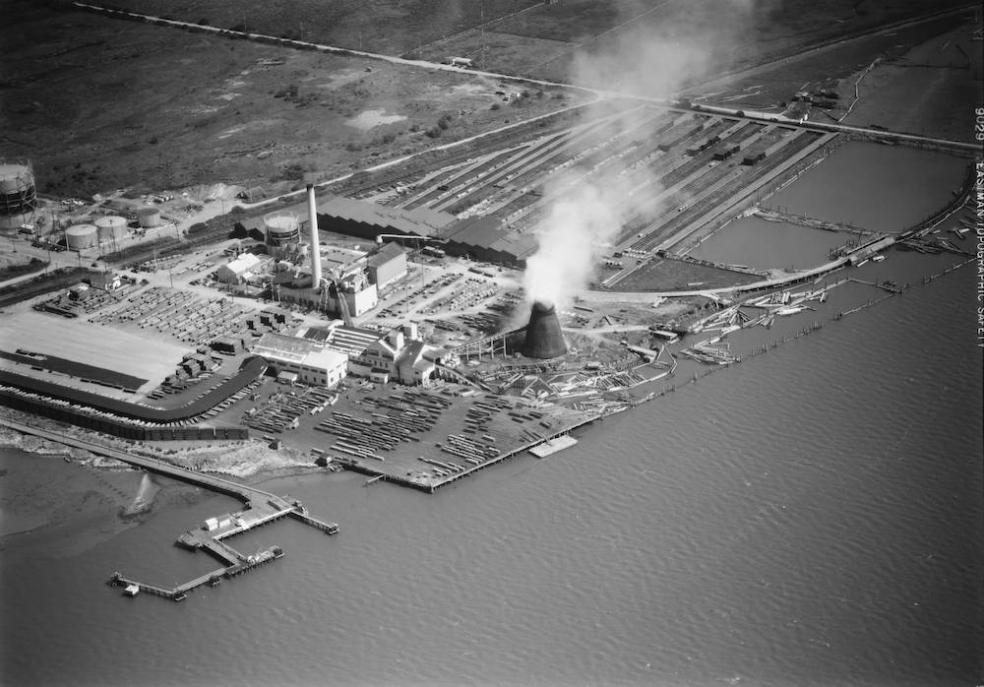
The electric and gas systems which power Humboldt County were developed during a rapid rise in logging following WWII. Energy systems were first built to support timber extraction, beginning in 1883 with the Excelsior Mill on Tuluwat Island in Humboldt Bay. By 1959, the local forest industry was generating 1,570 million board feet per year, and demanded a significant boost in power to drive that production.
Today, nearly all of Humboldt’s existing electric transmission lines and substations are those established during the peak timber period, between 1946 and 1966. Logging reduction during the 1970s was mirrored by a reduction in energy infrastructure development. The county is now challenged by a fragile and aging energy system. As a result, the region has some of the least reliable electricity service in the state, specifically on distribution lines in the eastern portion of the county.
The report by Schatz Center Director Arne Jacobson, Power Behind the Redwood Curtain: A History of Electric Transmission and Natural Gas Infrastructure in Humboldt County, reveals the details and timing of energy developments since the 1880s. It focuses on the post-war period and describes some of the challenges and opportunities in where we stand today.
Event: Power Behind the Redwood Curtain by The Schatz Center.
Wednesday, Oct. 29, 5:30-7 p.m.
Cal Poly Humboldt, Behavioral and Social Sciences, Rm 166
Free and open to the public.
For questions or accessibility requests, please contact schatzenergy@humboldt.edu or 707-826-4345.